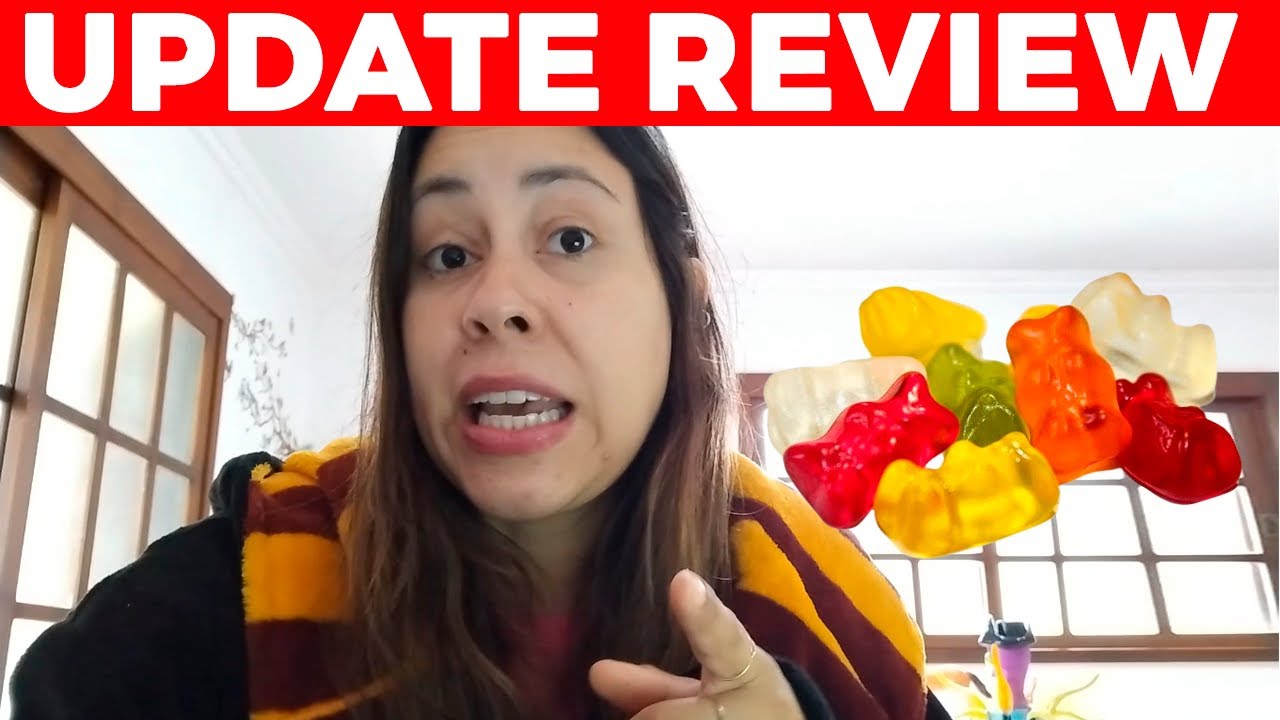Transformational Journey of Charles Barkley
Charles Barkley, an iconic figure in the world of basketball, is not only recognized for his outstanding talent on the court but also for his remarkable journey outside of it. Known for his powerful play and dynamic personality, Barkley has continually evolved, especially in recent years as he took on a significant challenge in his life—losing weight. This transformation not only reflects his determination to enhance his health but also serves as an inspiring model for individuals facing similar struggles. Over the years, Barkley’s journey has illustrated the complexities of weight loss in relation to lifestyle changes, dedication, and self-discipline, resembling a phoenix rising from the ashes.
Barkley’s story resonates with many people across various walks of life, particularly those who have grappled with weight issues. As a beloved public figure, his struggles and victories have been under constant scrutiny, which adds both pressure and motivation. Many fans look up to him, not just as a former professional basketball player but as a role model who challenges preconceived notions of age, fitness, and health. His decision to embark on a weight loss journey was driven by a desire for longevity, improved quality of life, and the responsibility he felt towards his family and supporters. This venture served to illustrate that with the right mindset, anyone can achieve their fitness goals, regardless of their past experiences or current circumstances.
Through a blend of disciplined dieting, a structured fitness regimen, and mental fortitude, Barkley successfully shed 60 pounds, redefining his image and health in the process. Each step of the journey acted as a testament to his resilience and commitment, showcasing that transformation requires more than just physical effort—it requires a complete overhaul of one’s lifestyle. As he engaged with various wellness initiatives and prioritized his health, Barkley inspired others to reconsider their own habits and the benefits of leading a healthier lifestyle. His story provides a narrative filled with hope, implying that change is possible for anyone willing to put in the effort, and it highlights the importance of accountability within one’s personal journey of self-improvement.

Understanding the Motivation for Change
Every transformation begins with a catalyst, and for Charles Barkley, that catalyst was a combination of health concerns and life changes. As athletes age, their bodies begin to exhibit signs of wear and tear, and Barkley was no exception. Over the years, he faced numerous health challenges that prompted him to reflect on his physical condition. Higher blood pressure, joint pain, and a sense of fatigue were just a few of the health markers that raised alarms. During a candid moment on television, Barkley opened up about his struggles with weight, which ultimately encouraged him to assess his current lifestyle and the toll it was taking on his body.
Barkley recognized that, as a public figure, he held a platform—one where he could raise awareness about health and fitness challenges. This realization pushed him to move beyond mere acknowledgment of his issues to actively seeking solutions. The desire to be an example for others propelled him forward; he wanted to show that success is achievable through hard work and a positive mindset. Moreover, his family played a crucial role, serving as both inspiration and motivation. Barkley wished to lead by example for his children and loved ones, emphasizing gradual improvements that could inspire them to adopt healthier habits.
Throughout this process, he faced societal pressures to maintain a certain image, which often complicates one’s weight loss journey. As someone who has been in the limelight for decades, Barkley’s transformation became a public affair from the onset. He grapples with the contrast between his former self and the individual he aimed to build. Nonetheless, he harnessed this visibility to instill a message of hope and resilience, encouraging many to take charge of their health. By sharing his journey openly, he demystified the weight loss process, increasingly showcasing it as a lifestyle choice rather than a momentary diet. This commitment spoke volumes about his character, highlighting a personal mission to improve health against various odds.
The Role of Diet in Barkley’s Transformation
Diet plays an indispensable role in any weight loss journey, and for Charles Barkley, making significant dietary changes became a cornerstone of his transformation. After years of indulging in traditional Southern cuisine—often rich in calories, fats, and sugars—Barkley took a hard look at the foods that contributed to his weight gain. He recognized that to achieve his goal, he needed to educate himself on nutritional value, portion control, and the timing of meals. This meant not just cutting calories but replacing harmful foods with healthier alternatives that nourished his body.
Adapting a balanced diet involved incorporating more fruits, vegetables, whole grains, and lean proteins into his meals. Barkley collaborated with nutritionists and health experts to reinvent his meal plans, emphasizing the importance of setting a caloric deficit while ensuring he delivered vital nutrients to his body. Meal prepping emerged as a key strategy, allowing him to maintain control over his diet despite a busy schedule. Through disciplined planning and preparation, he minimized the temptation of fast food and sugary snacks, which had previously hindered his progress.
In addition to making healthier choices, Barkley’s diet transformation utilized the principle of moderation rather than deprivation. He understood that entirely cutting out certain foods could lead to feelings of frustration and failure. Instead, Barkley practiced moderation, enabling himself to enjoy treat foods occasionally while maintaining a steady commitment to his health goals. The psychological aspect of dieting is often underappreciated, but for Barkley, addressing cravings and emotional connections to food allowed him to navigate challenges more effectively. His thoughtful approach to dieting became a testament to his dedication to not only losing weight but also fostering a healthy relationship with food, which is fundamental for long-term success.

Physical Activity: The Key Component
Complementing his dietary changes, Barkley understood that physical activity was vital in his weight loss journey. As a former elite athlete, he had firsthand experience with the positive impacts of exercise. However, as he transitioned away from professional basketball, finding the right forms of exercise that suited his lifestyle proved essential. Acknowledging that he needed a balanced approach to fitness led him to explore various options that combined cardiovascular training, strength conditioning, and flexibility exercises.
Barkley began incorporating regular workouts into his routine, aiming for consistency rather than excessive intensity. His regimen included activities like walking, cycling, and swimming, which provided effective cardiovascular benefits without putting too much strain on his joints. This understanding of his body’s needs enabled him to gradually increase his stamina and strength while mitigating the risk of injury—something he was all too familiar with during his playing days. The animated and competitive spirit from his basketball career manifested in his workouts, as he found joy in challenging himself and setting benchmarks for improvement.
In addition to conventional workouts, Barkley embraced the importance of leisure activities that kept him active without feeling like a chore. Whether it was playing catch with his kids or engaging in recreational sports, he found that enjoyable activities helped sustain motivation and foster a love for being active. This holistic perspective on fitness aided him in viewing physical activity as a lifelong commitment rather than a short-term necessity. By fostering a healthy structure centered on movement, Barkley took significant strides towards achieving his weight loss goal while simultaneously enhancing his overall wellness.
The Impact Beyond Physical Changes
The effects of Charles Barkley’s weight loss transcended physical changes, reshaping his perspective on life, health, and overall well-being. As he shed 60 pounds, Barkley not only improved his physical appearance but also experienced boosted energy levels, enhanced self-esteem, and a renewed sense of purpose. Following his transformation, he reported feeling more active and alive, motivating him to engage with various activities and embrace a more adventurous lifestyle. Increased energy meant no longer simply existing but fully participating in family activities, community events, and even philanthropic engagements.
Moreover, mental clarity improved significantly, influencing his emotional state and outlook. With weight loss came a newfound confidence, which allowed Barkley to tackle public-speaking engagements, influencer opportunities, and collaborate on health-related initiatives. This emotional metamorphosis imbued him with enthusiasm for helping others seeking similar transformations. Utilizing his platform, Barkley began promoting discussions around health awareness, encouraging individuals to recognize their struggles and seek assistance. His openness also facilitated valuable conversations about mental health, challenging the stigma surrounding personal challenges that often afflict individuals in the public eye.
Last but not least, Barkley’s transformation exemplified the power of community and support. Recognizing the importance of surrounding oneself with encouraging influences, he emphasized the role family, friends, and mentors played in his journey. By sharing his experiences openly, Barkley created a platform for others to engage and share their stories, creating a ripple effect that encouraged inspiration and connection across a broader audience. This sense of community and accountability proved integral, reminding us all that, regardless of our struggles, we are not alone in our journeys towards healthier living.
Concise Overview and Common Queries
As we reflect on Charles Barkley’s incredible weight loss journey, it becomes apparent that transformation encompasses far more than just physical changes. It requires a comprehensive approach that harmonizes diet, exercise, mental resilience, and a supportive network. This holistic perspective not only defines Barkley’s success but offers a livable blueprint for anyone embarking on a similar path. Here, we summarize the key points of his journey and address some common questions surrounding his experience.
One of the most frequently asked questions revolves around the types of diets that Barkley incorporated into his regimen. Many wonder if he adhered to strict dieting rules or if he allowed himself any indulgences. The truth is, Barkley adopted a balanced approach, where moderation played a significant role. He made healthier choices while embracing treats occasionally, emphasizing that lifestyle changes are not synonymous with deprivation, but rather adapting to habits that promote better health.
Another common query concerns the forms of physical activities Barkley found most effective. While many may assume he engaged in high-intensity workouts reminiscent of his playing days, Barkley emphasized low-impact options, such as walking and swimming. He continually stressed the value of listening to one’s body and finding forms of exercise that not only build strength but also cause enjoyment and sustainability in the long run.
Furthermore, people are often curious about the emotional journey Barkley experienced throughout his weight loss process. He maintained that overcoming self-doubt and harnessing determination was crucial, revealing that transformation involves not just physical labor but also fostering a conducive mindset. Surrounded by a supportive community, Barkley’s journey exemplifies the importance of open conversations about struggles and triumphs. As individuals resonate with his story, they can draw encouragement and inspiration to tackle their own challenges. Ultimately, Charles Barkley’s 60-pound transformation remains a driving narrative of resilience, hope, and the relentless pursuit of healthier living.


